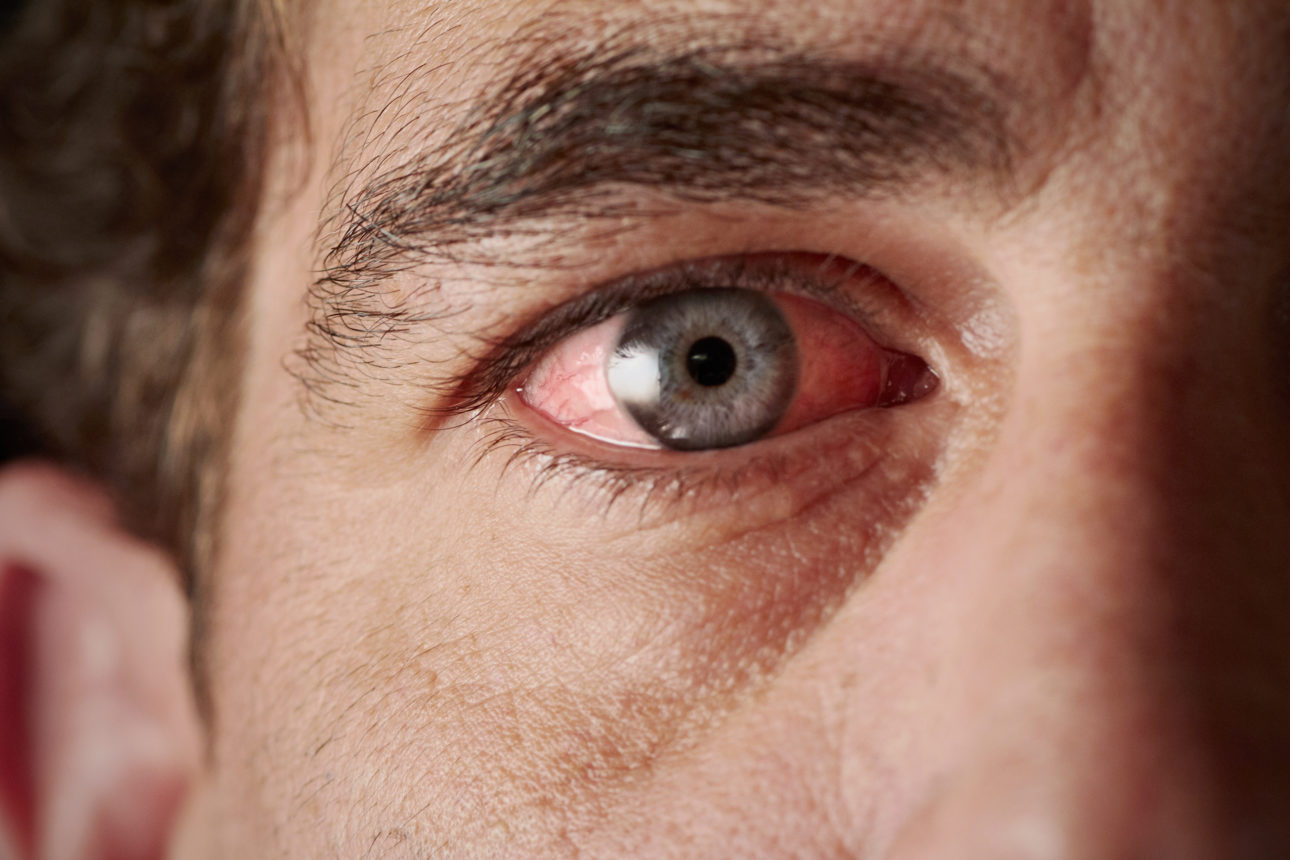Substance abuse impacts your eyesight and vision.
Alcohol and Cocaine, THC, hallucinogens and a myriad of synthetic drugs have been scientifically documented to cause nausea, moodiness, sleepiness, unsteadiness, and aggression. They are also harmful to your eyes too. The abuse of these substances has scientifically proven to cause eye strain, cataracts, vision blurriness, in addition to temporary and permanent blindness, induce nausea, moodiness, sleepiness, unsteadiness, and aggression.
Cigarette Smoking
Cigarette smoking can injure your cataracts which affect the crystalline lenses of your eyes. Your Cataracts is a space of your eye that makes up 1/3 of the images that the brain develops by focusing light onto the retina.
How your eyes look on Dextromethorphan
The abuse of Dextromethorphan can cause you to display symptoms of drunkenness. The extended abuse of this drug can cause sporadic eye movements known as nystagmus. Dextromethorphan is an ingredient commonly used in cough, cold and flu medicines.
How your eyes look on Cocaine
Physicians can utilize cocaine in a medical facility as an eye anesthetic. On the contrary, if someone offers you cocaine outside of a medical facility you should not take it; you should decline on the grounds that they are not a licensed physician. Cocaine abuse artificially affects your eyes react to light for abnormal periods of time. There are many ophthalmic side effects relating to the improper use of cocaine; you might be unable to sense any extensive injuries right away. However, over time, lesions on the retina and corneal ulcers can occur. Prolonged abuse of cocaine can also cause pain, fuzzy vision and permanent blindness.
How your eyes look on Heroin
Individuals who experience heroin addiction and drug abuse may display symptoms of having hard and constricted pupils. Typically their pupils will not react properly to lower levels of light, which can impair their vision. In addition, prolonged constriction of their arteries or blood vessels can lead to temporary blurred vision or permanent vision loss.
How your eyes look on Benzodiazepines
Benzodiazepines, chemicals within alcohol and drugs can produce a subtle misalignment of your eyes. This can enhance the feeling of nauseousness and lightheadedness; which could also lead to vomiting.
Red or Bloodshot eyes are a prevailing symptom of intoxication from Alcohol abuse. Blood vessels spread from the ophthalmic artery curving in a pattern to cross over the optic nerve. They penetrate the back of the eye and run medially near the Choroid and Sclera Blood vessels which can swell and become enlarged. There are around 6 to 12 Blood vessels for each eye. Symptoms of nausea in the eyes can include variation in the eyes, abnormal pupil diameter, irregular eye movement, and the discoloration of the iris can be used to help one gauge whether another person is inebriated.
Inhalants that cause brain and eye damage
Paint thinner, glue, or nitrous should not be inhaled. These substances can cause brain damage as well as eye deterioration. Abusing these inhalants can cause you to feel intoxicated and light-headed. The inhalation of these substances will cause the eyes to water and change to a reddish color.
Methamphetamine and eye damage
Methamphetamine abuse can cause the eyes to move in irregular motions. In fact, the movements can be almost ten times faster than your normal eye movement. These irregular movements can damage and strain your eye muscles over time.
How your eyes are affected using legal and illegal narcotics
The abuse of legal narcotic drugs such as hydrocodone, fentanyl, and morphine has the potential to damage your eyes at high doses because they can constrict the pupils. Illegal narcotic drugs such as crack cocaine can also constrict the pupils. As extended abuse occurs symptoms of an overdose will be evident because the pupils will not properly respond to changes in light.
How your eyes look on Phencyclidine or PCP
Phencyclidine, otherwise known as PCP, has a pungent chemical taste. PCP can be ground into a white crystalline powder that can be dissolved into alcohol or water. In this form, the drug can easily be applied to leafy plants like mint, marijuana, parsley, and oregano. The powdery form makes it easier for the body to quickly absorb the substances into the bloodstream. Phencyclidine or PCP can cause a user to experience rapid eye motions that the user cannot control. On the other hand, a person who uses PCP can develop an expressionless stare for 4-6 hours. During this time they might not respond to direct visual cues. The tablet forms can be mixed easily with colors. The idea is to make the drug look like legitimate medicine. If it looks like a tablet it will be easier to distribute.
In conclusion.
The chemicals in the aforementioned drugs can cause addiction because they will compel you to feel carefree, elated or just upbeat; they manage the neurotransmitters in your brain. These chemicals have the ability to affect several physiological functions in your body including the muscles in your eyes. Vision is a crucial role in our ability to balance, adjust our bodies in space, and observe the pattern or movement of variables within our surroundings. If you are taking any of the aforementioned drugs, you should seek medical assistance right away. The prolonged usage of these drugs can ultimately cause you to lose your sight.



